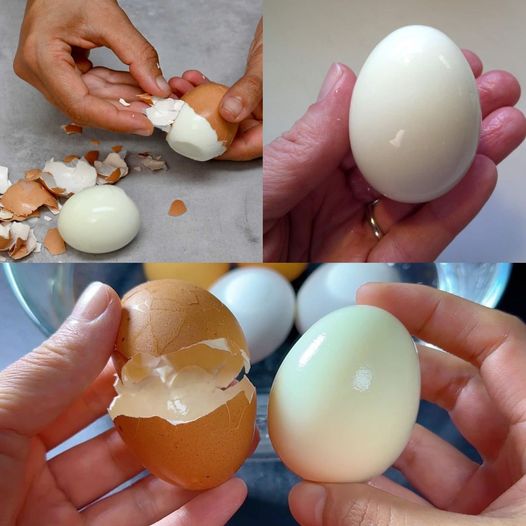Cooking eggs might seem simple, but achieving that perfectly cooked consistency can often be elusive. One common mistake people make is starting with cold water. This method can lead to unevenly cooked, hard-to-peel eggs. Instead, let’s explore the “hot start” method, which is lauded by chefs for producing consistently excellent eggs.
The Hot Start Method Explained
Starting eggs in hot water, or the “hot start” method, involves placing eggs directly into boiling or near-boiling water. This technique offers several advantages over the traditional cold start method, where eggs are placed in cold water that is then brought to a boil.
Benefits of the Hot Start Method
Easier Peeling: When eggs are placed directly into hot water, it helps the whites firm up faster, separating from the membrane that lines the shell. This makes the peeling process much smoother,
especially with fresh eggs that typically are more difficult to peel.
More Controlled Cooking: The hot start method allows for more precise control over the cooking time. Since the water is already hot, the time it takes for it to come back to a boil is reduced, and the cooking process starts immediately.
Reduced Cracking: Adding eggs to cold water and then heating it up can cause the eggs to crack due to rapid temperature changes. Starting with hot water minimizes this risk as the temperature shift for the eggs is more gradual after the initial shock.
Steps to Perfectly Cooked Eggs with the Hot Start Method
Boil Water: Bring a pot of water to a boil. The water level should be enough to cover the eggs by at least an inch.
Prepare Eggs: Take the eggs out of the fridge just before cooking to avoid extreme temperature differences. Lower the eggs gently into the boiling water using a spoon or ladle to prevent cracking.
Continued on next page 👇(page 2)👇
